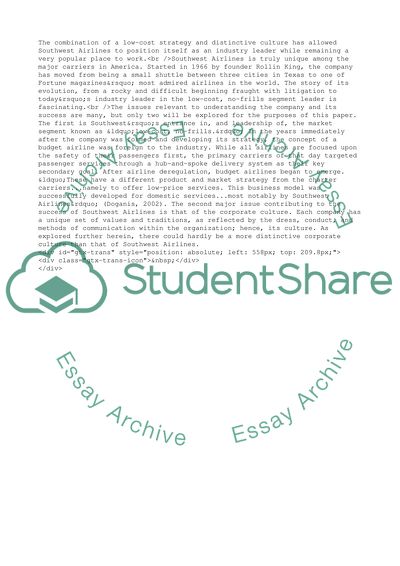Cite this document
(The Reasons Behind the Business Success of Southwest Airlines Case Study, n.d.)
The Reasons Behind the Business Success of Southwest Airlines Case Study. https://studentshare.org/business/1703680-southwest-airlines
The Reasons Behind the Business Success of Southwest Airlines Case Study. https://studentshare.org/business/1703680-southwest-airlines
(The Reasons Behind the Business Success of Southwest Airlines Case Study)
The Reasons Behind the Business Success of Southwest Airlines Case Study. https://studentshare.org/business/1703680-southwest-airlines.
The Reasons Behind the Business Success of Southwest Airlines Case Study. https://studentshare.org/business/1703680-southwest-airlines.
“The Reasons Behind the Business Success of Southwest Airlines Case Study”. https://studentshare.org/business/1703680-southwest-airlines.


